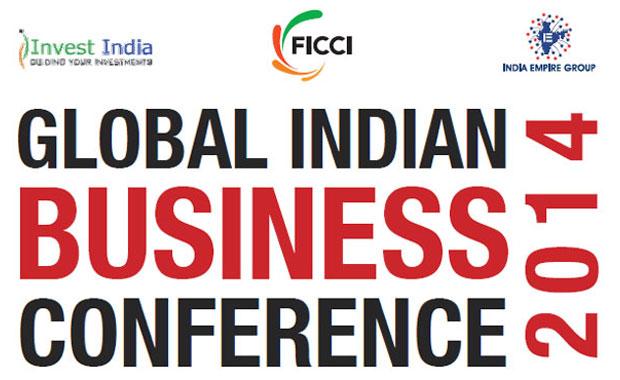Global Indian business conference 2014
Dr. Puri said that the majority of medical tourists to India come from SAARC countries, some from African and Middle East nations, and a smaller percentage from the rest of the world. Most of these patients come for procedures such as cardio, neuro, cancer, transplants, cosmetic surgeries, dental work, eye care, knee replacements and IVF surrogacy. According to Dr. Puri, the reasons for the success of medical tourism in India are as follows:
* Low cost
* Availability of latest technology
* English speaking personnel
* Increasing compliance with international quality standards and accreditation
* Availability of translators
* Little or no waiting
* Visa-on-arrival scheme
* Availability of medical visa
* AYUSH, which is Ayurveda, Yoga, Unani, Siddha, Sowa Rigpa and Homoeopathy
Providing the government perspective, Mr. Mishra said that even though the recent activities in India and around the globe have seen lots of private investment coming into some subsectors of healthcare, the primarily responsibility for healthcare in India still lies with the government. One of the major reasons for the success of the private sector in medical tourism is the government’s role as policy enunciator that has been able to create a system which is able to sustain such tourism.
Speaking on the provision of healthcare service, Mr. Mishra said the government is not merely lowering the cost of medical treatment for the poor and far-flung people, not merely reducing out-of-pocket expenses, but is also providing free services, whether for treatment, diagnostics or drugs. One of the reasons for the government to do so is that while investments have come in to the tertiary healthcare sector, there has been no investment in the primary healthcare systems in the remote areas of the country. The PPP model is not yet robust in the health sector and there has not been much success until now. The primary goal in this sector is universal health coverage, he said, adding that there are four issues that must be looked at closely in this sector:
* Access
* Affordability
* Sustainability
* Quality
Dr. Tandon said that there is a huge opportunity in the healthcare sector wherein India and the USA can come together and look at areas where both countries can combine their strengths and diminish their weaknesses.
EDUCATION

The final session of GIBC 2014 was on the education sector. The panelists included Dr. Renu Khator, Member, Prime Minister’s Global Advisory Council of Overseas Indians and President, University of Houston; Prof. C. Raj Kumar, Professor & Vice Chancellor, O. P. Jindal Global University; Mr. Prabhat Jain, Founder & CEO, Pathways World School; Mr. Aditya Berlia, Member Board of Management, Apeejay Stya & Svrán Group and Pro-Chancellor, Apeejay Stya University; and, Mr. Inder Mohan Singh, Partner, Amarchand Mangaldas. The special address was delivered by Dr. Renu Khator and the session was moderated by Mr. Prabhat Jain.
In her address, Dr. Khator suggested that higher education should be seen as a pyramid with a strong base. She said that global partnerships are very much required to improve quality education in the country. This would entail providing access to overseas students in Indian colleges and universities, and allowing overseas educational institutions to set up campuses in India. At the same time, there is a need for direct investment in education by the diaspora as it has the talent, skills and sentimental attachment to India. Also, a culture of philanthropy must be allowed to flourish in the country to aid education in far-flung and remote areas.











Comments.